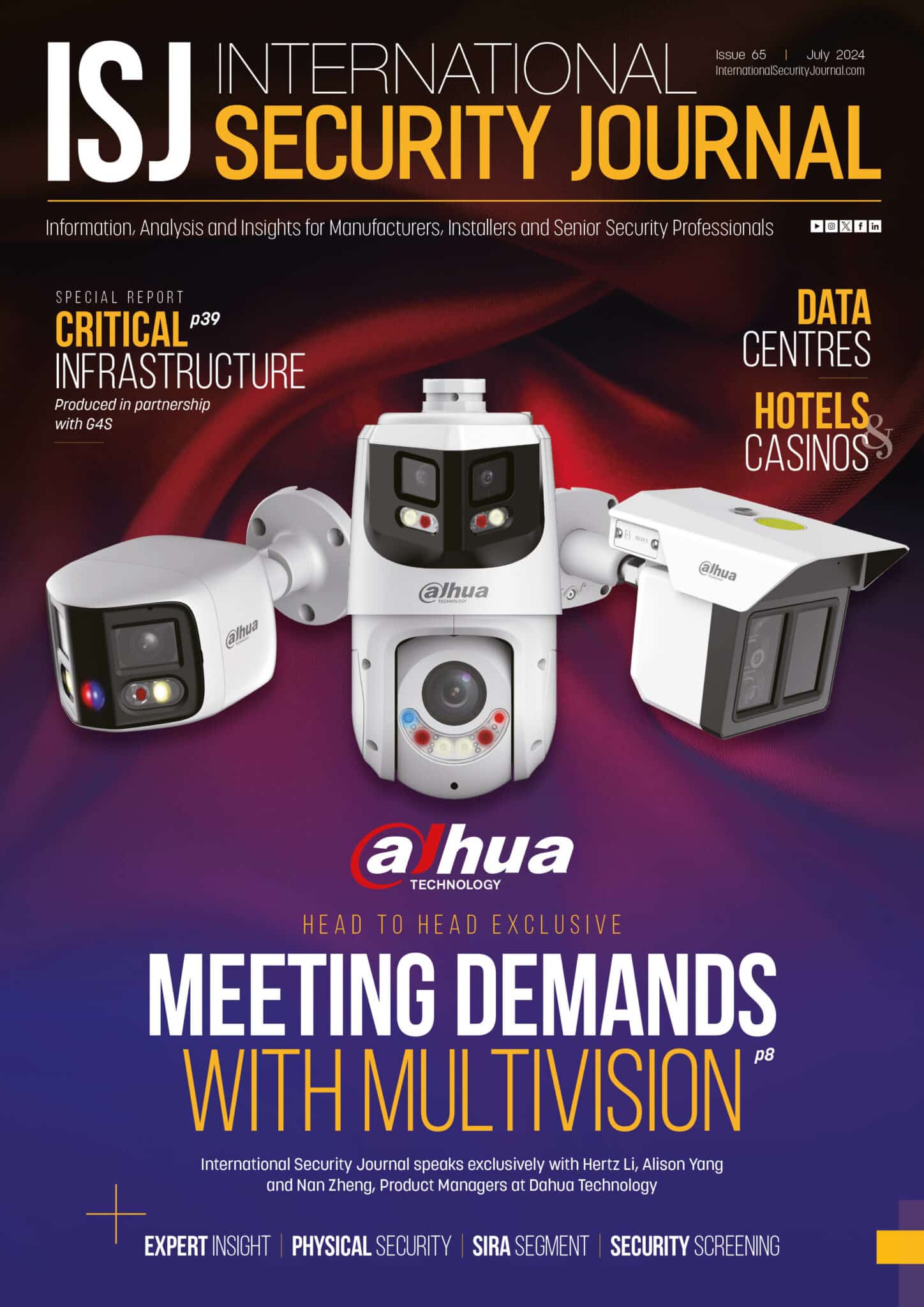Why is AI video surveillance essential business tech?


James Thorpe
Share this content
Advances in AI have been hitting headlines and capturing imaginations across the world, although some of the most impactful forms of AI are yet to be realised.
However, AI is already transforming video surveillance and the combination of the two has the potential to improve incident response rates, reduce false alarms, lower operator fatigue and streamline operations by delivering insights.
Crucially, business leaders recognise the valuable role AI-enabled video can play.
Research by Hanwha Vision – previewed here for the first time prior to its publication – finds that 31% of operations and security leaders champion AI in video as a way to solve business challenges.
This is almost double the figure for automation and robotics (17%) and on a par with IoT (32%).
As for those challenges, respondents listed “finding new efficiencies” and “cost control” as joint-top priorities over the next year, followed by “maintaining a safe and secure environment” and “supporting business goals and meeting KPIs”.
From security to bolstering businesses
AI-enabled video is an attractive proposition for leaders, thanks to the widespread benefits it promises organisations.
By incorporating AI into cameras, the type of basic analysis formerly possible with video technology has been boosted so that deep and previously undiscoverable insights can now be obtained from video images.
As a result, there has been a shift in the perception of video cameras, with a growing emphasis on efficiency, process enhancement and business optimisation as a response to challenges.
Notably, the traditional role of video cameras in “maintaining a safe and secure environment” is cited in our survey by only 26% of respondents.
This contrasts with 55% of leaders who intend to use AI-enabled video to find efficiencies and a similar proportion who want to use it to manage supply chains.
Key sectors
One sector that stands out as particularly receptive to harnessing AI tech to address challenges is manufacturing, likely because of its early adoption of technologies such as automation, the IoT and M2M.
Manufacturing leaders see AI-enabled video as a solution for proactively monitoring and warning of plant and equipment failure, identifying blockages on production lines and spotting manufacturing errors.
Meanwhile, in retail, a sector that has led the adoption of what was then traditional CCTV, there is a shift in the use of video thanks to AI.
Specifically, retailers are turning to video to get detailed insights that boost sales performance and provide deeper insight into customer behaviour.
While data driven insights have been the mainstay of online retail, AI is making it possible for physical store managers to understand where displays should be located to boost sales, who is likely to leave without purchasing and where bottlenecks and queues are impacting the shopper experience.
These and other applications show how the combination of AI and video technology is transforming the role of video and, in so doing, taking it far from its roots in surveillance.
Overcoming the barriers to use
Despite their keen appetite for AI-enabled video technology, respondents flagged some barriers that risk preventing the technology from wider adoption unless addressed.
Chief among these was the need for training in AI-enabled video technology, which was cited by 40% of respondents.
Investing in intuitive video systems can reduce the amount of training needed by operators to use AI in video.
Moreover, manufacturers, including Hanwha Vision, provide AI video cameras that work ‘out of the box’ with a simple setup and no technical AI knowledge required.
Another potential barrier to adoption identified by respondents was cybersecurity (38%). Partnering with a manufacturer who demonstrates an ongoing commitment to cyber-resilience and data protection is critical in today’s climate.
The public and other stakeholders are becoming increasingly aware of the value of their data and are concerned about its use and storage.
The estimated cost of a data breach has been steadily rising, hitting $4.45 million in 2023.
This doesn’t even account for the reputational cost of a breach, along with the loss of trust.
For its part, Hanwha Vision is a CVE Numbering Authority with ISO 27001 certification and draws on the expertise of an in-house Security Computer Emergency Response Team (S-CERT), which is entirely focused on addressing any potential security vulnerabilities in its products and solutions and updating firmware to mitigate any threats as they are discovered.
Where next for AI-enabled video?
The survey reveals a considerable appetite amongst business leaders for AI-enabled video solutions that support broader business objectives like value creation, greater efficiency and cost reduction.
To achieve this, stakeholders across operations and security — plus installers and integrators — need to work together in sharing knowledge, setting expectations and uncovering areas where resources and efforts overlap.
Building trust in AI-enabled video will also be core to driving adoption and future advances.
Without trust in the data being inputted, the AI insights being delivered, and the security of devices, any effort to implement AI-enabled video will be hindered.
Leaders can build trust in AI within their organisations by implementing responsible practices and partnering with a manufacturer that places cybersecurity and responsible use at the heart of product development.
AI-enabled video is emerging as a central tool for many aspects of business.
Hanwha Vision’s research shows that leaders now recognise its potential to streamline important business processes, improve productivity and deliver business critical insights.
AI will be a huge step forward for the industry as long as we use it responsibly and for the good of all involved.
Hanwha Vision’s research into AI-enabled video will be published in Q4 2023: Keep an eye on hanwhavision.eu for the full report.
By Pread Um (Suk Bong), Product and Marketing Director, Hanwha Vision Europe

